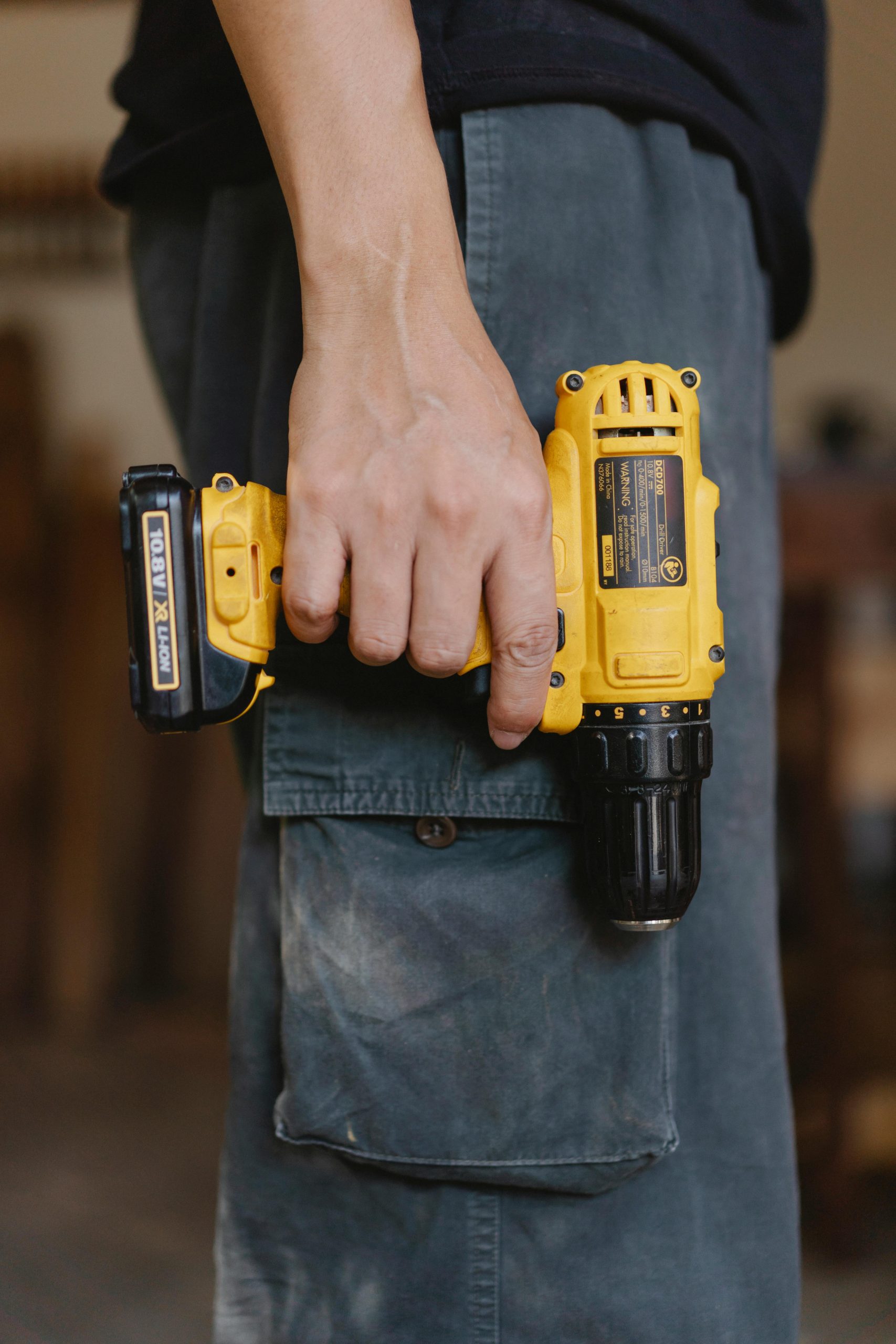When it comes to maintaining optimal oral hygiene, choosing the right toothbrush is a critical decision. The debate between electric and manual toothbrushes has been ongoing for years, with advocates on both sides claiming superiority. But which one truly delivers the best oral health benefits? In this comprehensive guide, we’ll compare electric and manual toothbrushes across several key factors—effectiveness, ease of use, cost, and environmental impact—to help you make an informed decision.
Effectiveness: Which Cleans Better?
One of the most important factors in choosing a toothbrush is its ability to remove plaque and prevent gum disease. Studies have shown that electric toothbrushes, particularly those with oscillating-rotating heads, are more effective at reducing plaque and gingivitis compared to manual toothbrushes. The automated bristle movements can reach areas that are often missed during manual brushing, ensuring a more thorough clean.
However, a manual toothbrush can be just as effective if used with proper technique. The key lies in brushing for a full two minutes, covering all surfaces of the teeth, and using gentle, circular motions. For those who struggle with manual dexterity or consistency, an electric toothbrush may offer a clear advantage.
Ease of Use: Convenience and Accessibility
Electric toothbrushes are designed to simplify the brushing process. Many models come with built-in timers to ensure you brush for the recommended two minutes, and some even feature pressure sensors to prevent gum damage. These features make electric toothbrushes particularly appealing for children, seniors, or individuals with limited mobility.
On the other hand, manual toothbrushes are lightweight, portable, and require no charging or battery replacements. They’re an excellent choice for travelers or those who prefer a straightforward brushing experience. The simplicity of a manual toothbrush also means fewer components to replace, making maintenance easier.
Cost: Budget Considerations
The price difference between electric and manual toothbrushes is significant. A high-quality manual toothbrush typically costs between $2 and $6, while electric models can range from $20 to over $200, depending on the features. Additionally, electric toothbrushes require replacement heads every three months, which can add up over time.
For budget-conscious consumers, manual toothbrushes are the clear winner. However, investing in an electric toothbrush may pay off in the long run if it leads to better oral health and fewer dental visits. Some insurance plans even cover part of the cost of an electric toothbrush, so it’s worth checking with your provider.
Environmental Impact: Sustainability Matters
Environmental concerns are increasingly influencing purchasing decisions. Manual toothbrushes, especially those made from bamboo or recycled materials, are often marketed as eco-friendly options. However, even plastic manual toothbrushes contribute to waste, as they need to be replaced every three months.
Electric toothbrushes generate less waste in terms of the brush handle, but the replacement heads still pose an environmental challenge. Some brands now offer recyclable heads or subscription services for sustainable replacements. If sustainability is a priority, look for brands that prioritize eco-friendly materials and recycling programs.
Which One Should You Choose?
The decision between an electric and manual toothbrush ultimately depends on your individual needs and preferences. Here’s a quick summary to help you decide:
- Choose an electric toothbrush if: You want a more thorough clean with minimal effort, have dexterity issues, or benefit from built-in timers and pressure sensors.
- Choose a manual toothbrush if: You prefer a low-cost, portable option, or you’re confident in your brushing technique.
Conclusion
Both electric and manual toothbrushes have their merits, and the best choice depends on your lifestyle, budget, and oral health needs. While electric toothbrushes offer advanced features and proven effectiveness, manual toothbrushes remain a reliable and affordable option for many. Regardless of your choice, the most important factor is consistent and proper brushing habits. Pair your toothbrush with regular flossing and dental check-ups to ensure a healthy, radiant smile for years to come.
